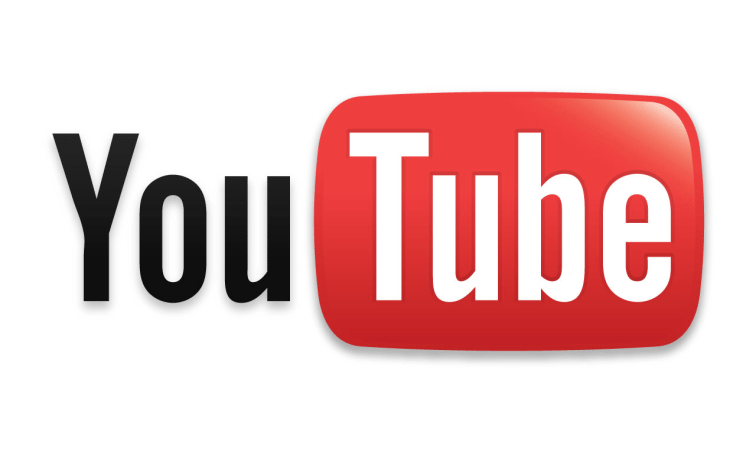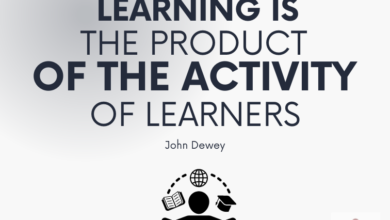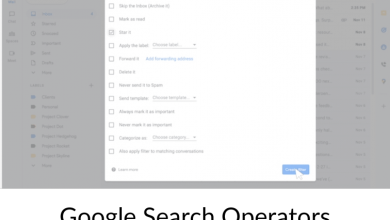15 Ways To Use Video In Your Classroom

by TeachThought Staff
Any company, organization, or individual hoping to take advantage of digital video (see How To YouTube Your Classroom) to educate or entertain the populace or promote a product should have a video strategy in place before springing for the time and equipment involved.
Educators, of course, are not exempt from the core tenets of solidifying a viable video strategy — especially when it comes to how exactly they plan to take advantage of everything the medium offers. Because both the online and the open-source movements within education have been enjoying steady growth, it behooves any adherents to fire up their cameras and film a few lectures or other helpful videos.
Educators who upload for public consumption on a personal site, social media channel, or other hosting resource reach a range of students beyond their rosters. For plugged-in teachers hoping to extend their influence and bring knowledge to the world, or an exclusively digital classroom at the very least, videos add a more human element.
15 Ways To Use Video In The Classroom
1. Introduce and review content
Video is compelling for students. Video can be used to introduce new content or review existing knowledge. This is, in part, what characterizes the flipped classroom learning model.
2. Improving accessibility for students
Incorporating videos into lessons offers a viable method for students with special needs, such as ADD/ADHD or conditions requiring home-bound stints, to retain and remember information. The medium makes for one more way to ensure all learners enjoy access to educational materials that meet their specific requirements. Just make sure to remember subtitles or transcripts for hearing-impaired students.
3. Archiving content
Teachers who require their students to shoot videos might want to keep a digital archive of their work to show off to future classes. Or, of course, tracking their own creations for online, open-source, or hybrid classrooms. For the older crowd needing to convert their educational VHS and DVD presentations to digital media, a video strategy ensures these materials make the transition from generation after generation of learners.
4. Curating and documenting learning artifacts
Students can use video to document and share learning artifacts from lessons, units, and project-based learning.
5. Student-to-student and school-to-school learning
Video conferencing with Zoom, Skype and similar services entice educators who want their students to tackle collaborative projects with counterparts from around the world. In fact, Skype provides its own social media site for teachers wanting to connect and set up everything from foreign language exchanges to group poems. It’s an engaging strategy opening up some amazing and unique opportunities that weren’t available a decade ago.
6. Low-cost field trips
Thanks to the recession, schools must watch on helplessly as their funding dissolves, which means their field trip budgets come up scant. But infusing video into the classroom transports students to notable sites around the world, with some museums even offering free virtual tours. All the benefits of exploring and experiencing sans the transportation and admissions fees! The principal will love you.
7. Leverage game-based learning
Video games are not the scourge society seems to enjoy painting them as — in fact, they actually possess some incredible educational benefits when wielded correctly. Immersive environments particularly engage digital natives, but even the FBI takes advantage of the technology for training its agents. Not every video strategy necessarily needs to use video games, of course. But instructors might want to research the positives behind serious gaming and strongly think about introducing it into the syllabus.
8. Addressing absences
No matter who has to stay at home — teacher or student — pre-recording lectures, instructions, or assignments helps close up any gaps in lessons that result from absences. All video strategies, even the most rudimentary, should keep this not-so-little perk in mind. Learners experiencing prolonged illnesses or other situations requiring homebound education will especially appreciate not being left behind.
Alternately, streaming video with Zoom or Skype can work as an alternative.
9. Supplementary materials
Netflix, Hulu, Documentary Heaven, and others stream free documentaries (not to mention the ones available on YouTube) And, of course, the Internet overflows with open source lectures from some of the world’s most prestigious institutions, like MIT, Stanford, and Yale. Take advantage of this rich bounty of educational delights to drive home points made in classroom lectures, or add to students’ overall knowledge of the subject at hand. (Note: not to mention resources like MentorMob and Learnist.)
10. Nurture creativity
Long before digital video became a thing that existed, students shot videos as classroom assignments. There’s no reason now why this can’t continue! Rather than forcing paper after quiz after exam after worksheet, challenge them to share what they’ve learned creatively, through film they’ve shot and edited themselves. And with technology being what it is and everything, whipping up something awesome proves easier and faster than ever.
11. Improved digital literacy and citizenship
Both students and educators alike benefit from building their digital literacy skills, regardless of whether or not they hope to share their videos online. With a working knowledge of computers, the Internet, and peripherals — not to mention how to operate and navigate them all safely and responsibly — such a desirable suite of abilities in countless industries today, getting learners familiar with the core tenets as early as possible proves a fruitful endeavor.
Even the older set looking to score new jobs or simply keep their mind occupied can pick up a few things through video and other digital resources.
12. Serve visual learners
Some students just learn better when viewing animated diagrams, step-by-step how-tos, and other video lessons. A well-balanced classroom spreads things out across different styles and creating short movies and lectures reaches out to those with a more visual outlook. Cobbling together a video strategy addresses the inherently diverse nature of students’ methods for soaking up information.
This can be true for emerging readers and students for whom a text-heavy or verbally-intensive approach may not work.
Teachers can use video in the classroom in a variety of ways to enhance their teaching and engage their students. Here are some ways that teachers can use video:
13. Recap of a lesson
Teachers can use videos to summarize a lesson or review key points. They can create their own recap videos or use existing ones from educational websites.
14. Flipped Classroom
Teachers can use videos as part of a flipped classroom model, where students watch instructional videos at home and then come to class ready to engage in hands-on activities and discussions.
15. Demonstration of a skill
Teachers can use videos to demonstrate how to perform a particular skill or task. For example, they can create a video demonstrating how to solve a math problem or how to conduct a science experiment.




